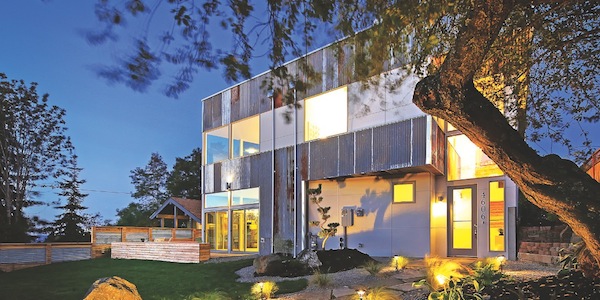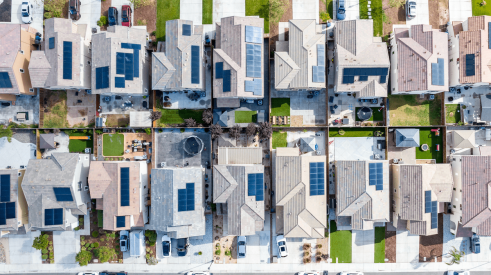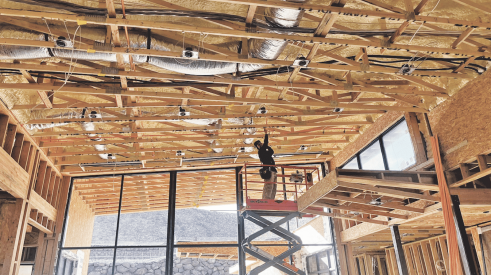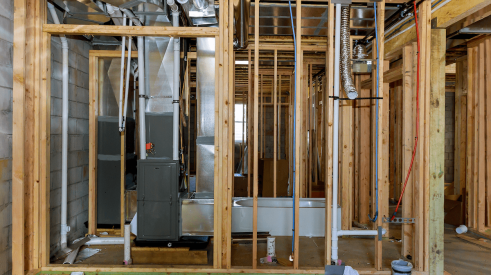A new survey from the Net-Zero Energy Coalition shows just how many residences across North America can be considered net-zero.
The first-ever survey found that there are currently 6,771 residential units spread across 3,330 buildings that produce as much renewable energy as they consume, or could do so with slight modifications.
That’s a hefty number considering the relative newness of the concept of home energy efficiency and net-zero. And the figure is expected to grow as net-zero know-how becomes more widespread, with the number of homes that generate as much or more energy than they consume anticipated to increase more than six-fold by 2017.
“We are seeing a huge increase in the demand for zero-energy homes,” said Carter Scott, head of Transformations, a green construction company. “People want homes that are resilient, good for the environment, comfortable, and cost-effective. They can afford them because the mortgaged cost of the additional energy-efficient features is less than what they save in monthly energy bills.”
For homeowners, the upsides are clear: a house that’s good for the environment and more cost-effective in the long run. And building a net-zero energy home doesn’t have too many extra costs associated with it, either. With the exception of the solar panels, the cost of constructing a net-zero house is about the same as building a traditional home.
The construction sector is responsible for 30 percent of global emissions, so reducing the energy consumption of buildings is essential. “To meet the goals of the recent Paris climate agreement, the world must reach zero carbon emissions from fossil fuels in the urban built environment by about 2050,” Ed Mazria, architect and CEO of think tank Architecture 2030, said in a statement. “This can only be achieved if the building sector moves quickly to ensure that zero-net-energy or carbon neutral buildings become the standard design and construction approach.”
By 2050, the building sector could use many state-of-the-art technologies that are already available to significantly reduce its emissions. Currently, California, Oregon, Massachusetts, New York, and Connecticut are the five states leading the way. Sacramento, Calif., has 925 net-zero units alone, the most for any single city, followed by Davis, Calif., and Portland, Ore., with 892 units and 318 units, respectively.
Advertisement
Related Stories
Sustainability
Mention of Eco-Friendly Home Features Is on the Rise in Sales Listings
Home listing descriptions using eco-friendly terms have been rising over the past five years in line with growing consumer interest in the environment and energy efficiency
Construction
5 Steps to Cracking the Code for a High-Performance Home
As a model of energy savings, water conservation, indoor comfort and health, and use of on-site renewable energy, The New American Home 2024 offers valuable lessons
Sustainability
Which Green Building Practices Are Home Builders Using Most?
A recent report reveals which green-building practices are most popular among single-family home builders and remodelers







